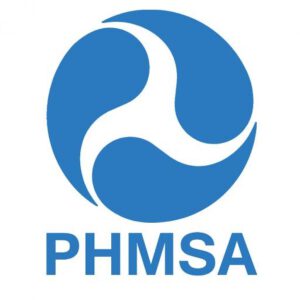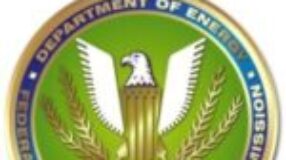
The American Gas Association (AGA), American Petroleum Institute (API), American Public Gas Association (APGA) and Interstate Natural Gas Association of America (INGAA)4 (jointly “the Associations”) submit these comments for consideration by the Pipeline and Hazardous Materials Safety Administration (PHMSA) concerning the fourth Gas Pipeline Advisory Committee (GPAC) meeting on the Safety of Gas Transmission & Gathering Lines Rulemaking (Proposed Rule) that occurred via teleconference on March 2, 2018. The GPAC meetings provide the GPAC Members, PHMSA representatives, the regulated community, and the public the opportunity to discuss topics contained within the Proposed Rule.
The Associations also provided PHMSA and the GPAC members with comments following the previous three GPAC meetings on this rulemaking7 that were intended to summarize the views expressed during the meetings and elaborate on the concerns identified. Additionally, the Associations provided markups to the proposed regulatory text that were intended to mirror the votes and discussions held by the GPAC and to identify outstanding concerns. The following comments on the March 2, 2018 GPAC teleconference are similar in content and structure.
Due to the short timeframe between the March 2, 2018 teleconference and the GPAC’s next meeting on March 26-28, 2018 the Associations are providing feedback on specific topics that warrant further discussion during the March 26-28, 2018 meeting. Following the March 26-28, 2018 meeting, the Associations intend to provide comprehensive comments addressing all topics discussed during March meetings. Also, the GPAC discussions clearly articulated that proposals pertaining to gathering lines must be addressed in a separate, dedicated GPAC meeting, and that the issues, commentary and related votes during the March 2, 2018 teleconference did not pertain to, or impact, gathering lines.
The Associations hope that these comments will assist PHMSA, the GPAC members, and the public in having substantive and productive conversations with the goal of developing a final rule that advances pipeline safety.







